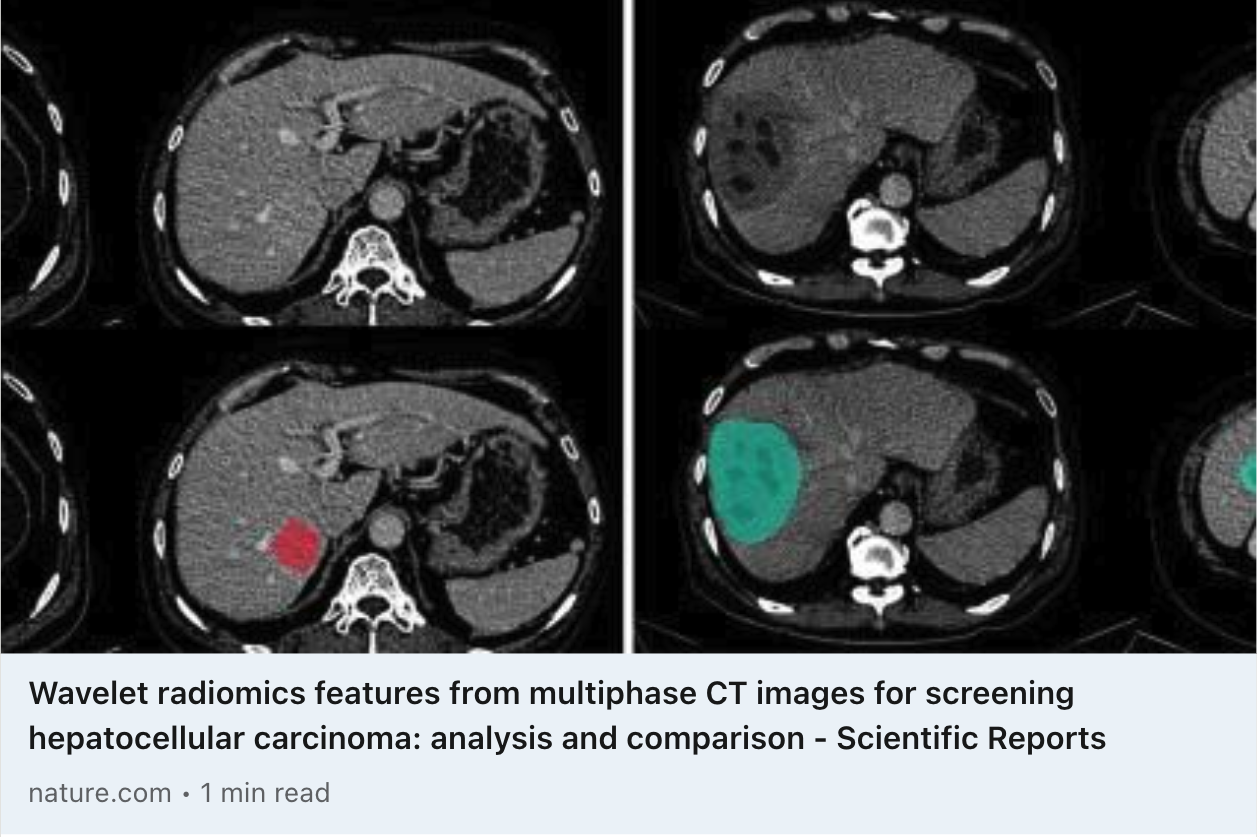
Hepatocellular carcinoma (HCC) is the most common liver malignancy, accounting for 90% of liver tumors. This posing method in the paper is critical evidence to DrAid™ CT Liver Cancer D&T in enriching HCC and non-HCC representation and classification. The publication at Nature Scientific Reports marks a significant milestone, research capabilities, and influence on science worldwide of VinBrain.
Liver cancer can spread quickly, with a 5-year survival rate of about 11% for liver cancer that has spread to nearby organs or lymph nodes, and only 3% if it has metastasized to other parts of the body, our DrAid™ CT liver cancer product emerges as a crucial tool to assist oncologists in early liver cancer detection, aiding treatment planning and consequently extending the life expectancy of patients.
Using AI and the most advanced image alignment technologies, this innovative solution can accurately detect and segment tumors of just a few millimeters in size, classify cancer types (such as HCC, non-HCC malignancies, benignancy, and ambiguity), and precisely identify tumor locations. Our success is not solely attributed to scientific prowess but also the collaboration with medical professionals. Our joint effort with University of Medicine Ho Chi Minh City (UMC) exemplifies VinBrain’s commitment to advancing medical knowledge.
We take pride in this robust partnership and are committed to expanding the reach of the DrAid™ platform, including CT Liver Cancer D&T. Our goal is to introduce this cutting-edge technology to leading hospitals nationwide in Vietnam, serving a population of nearly one hundred million people, to enhance patient outcomes and continuously elevate its capabilities. Our FDA and CE Max is in progress already and ready to expand its values to overseas countries in SEA, USA and Europe in 2024.
Top